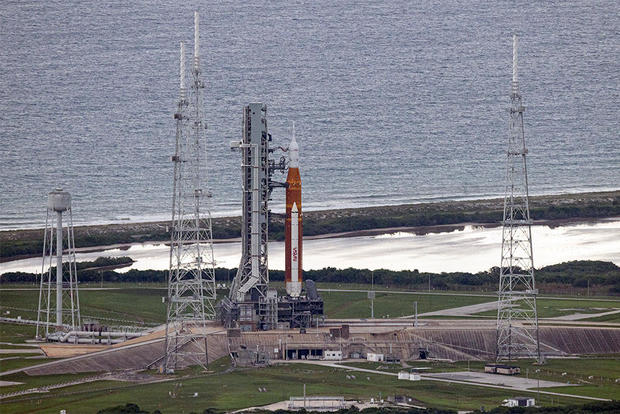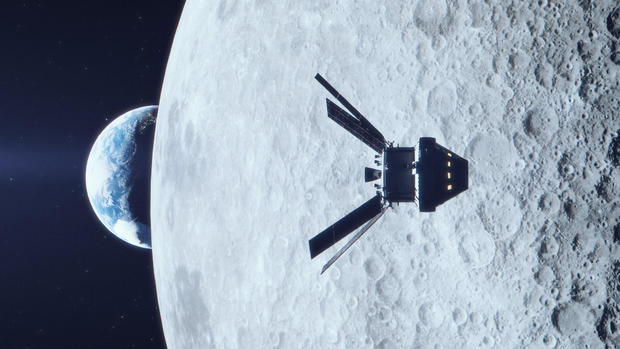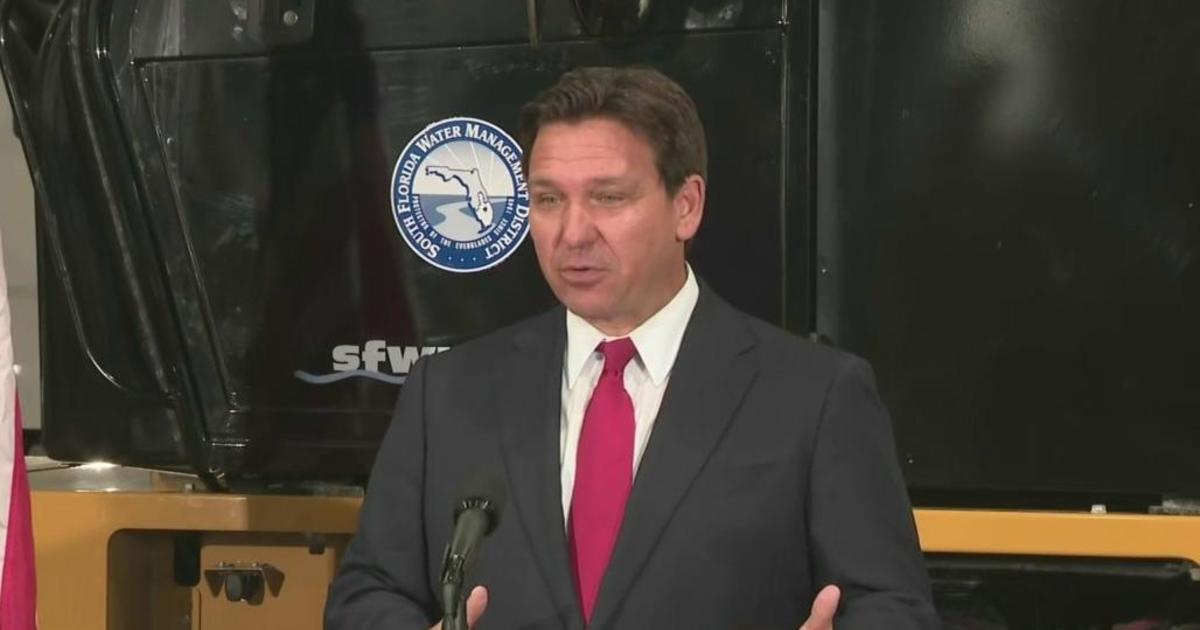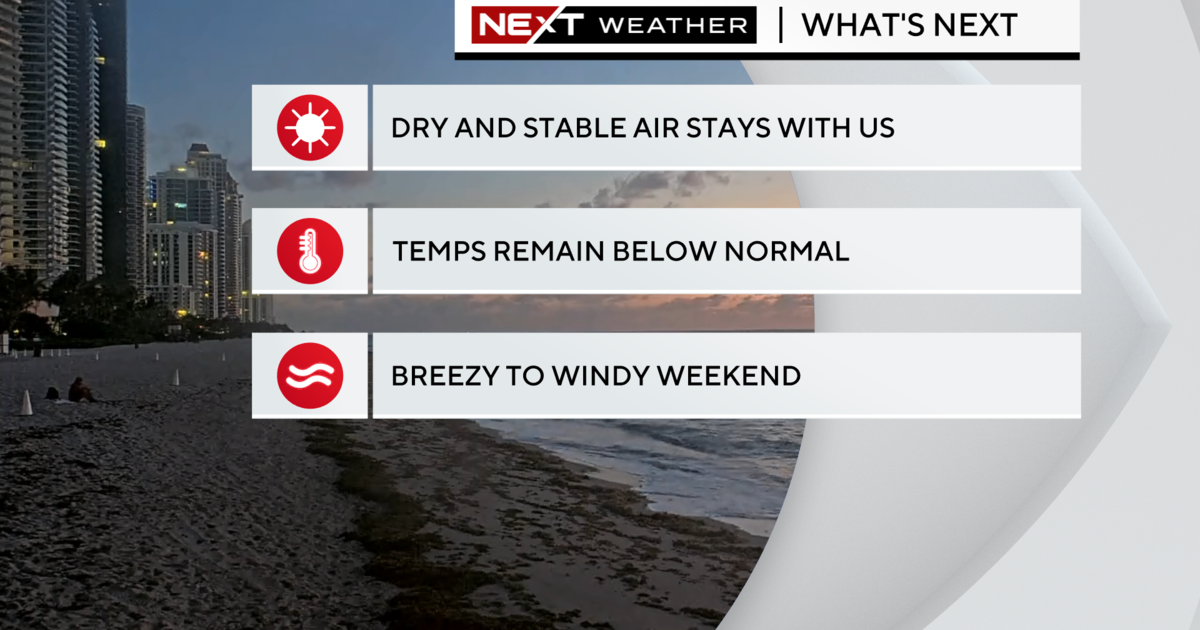NASA gears up for second attempt to launch Artemis moon rocket
Engineers have revised the fueling timeline for NASA's giant Artemis moon rocket to resolve the engine cooling issue that derailed a launch try Monday. Agency managers are hopeful that will clear the way for blastoff Saturday on a long-awaited unpiloted test flight.
Asked about his confidence level going into the next launch attempt, mission manager Mike Sarafin said Thursday the Space Launch System rocket, the most powerful booster NASA and its contractors have ever built, has 489 launch commit criteria that have to be met to permit a liftoff.
"We've got a whole host of things that could cause us to not get off on any given day," he told reporters at a Thursday evening news conference. "There's no guarantee we're going to get off (Saturday). But we're going to show up, and we're going to try, and we're going to give it our best."
Sarafin and the rest of NASA's Mission Management Team (MMT) met Thursday to review the engine cooling issue, a leaky vent valve quick-disconnect fitting, work to tighten up a different seal where liquid hydrogen lines feed propellant into the rocket's propulsion system and a crack in the core stage's spray-on insulation.
The MMT concluded engineers had developed a solid "flight rationale" in all cases and that pressing ahead to launch added only a very slight level of additional risk.
And so, after a detailed review, and a forecast calling for a 60% chance of favorable weather, the MMT approved plans to begin pumping 750,000 gallons of cryogenic oxygen and hydrogen fuel into the SLS rocket's two stages around 6 a.m. EDT Saturday, setting the stage for blastoff at 2:17 p.m., the opening of a two-hour window.
Trouble confirming one of the core stage's four RS-25 engines had been sufficiently cooled, or conditioned, to the ultra-low temperatures of liquid hydrogen during the fueling process, along with the two leaky hydrogen fittings, the cracked insulation and stormy weather, combined to force a launch scrub Monday.
The insulation issue, likely caused by thermal stresses, could result in a piece falling off at some point during launch, but an analysis indicates the odds of it causing any significant damage are so remote no repair is necessary.
The vent valve's behavior is understood and not considered a problem, and engineers found and tightened up a loose component likely responsible for the leak detected near umbilicals at the base of the rocket.
The engine cooling issue required more detailed analysis.
John Honeycutt and the SLS rocket's chief engineer, John Blevins, said a review of data from multiple sensors confirmed all four of the shuttle-era engines had, in fact, been properly cooled despite a temperature sensor on engine No. 3 that indicated it was not getting cold enough.
The thermal conditioning is required to ensure bearings in powerful engine turbopumps remain within tight operating tolerances when they suddenly spin up to pull in ultra-cold propellants and route them to the combustion chamber starting about six seconds before liftoff.
Conditioning is done by routing propellant through an engine's low- and high-pressure fuel pumps, a procedure known as a "kickstart bleed" that circulates cold liquid hydrogen through the lines. In the process, the liquid propellant forces out, or "bleeds" the lines of warmer hydrogen, some of which may have turned into a gas.
During Monday's launch attempt, three of the engines almost reached the minus 420-degree target on the hydrogen side, but engine No. 3 failed to get past about minus 380 degrees. Engineers suspect a faulty temperature sensor because other measurements indicate good cooling
"We know we had a bad sensor," Honeycutt said. "Since then, we've had time to go back and look at the data and compare many sources of data and do some independent analysis that confirms it's a bad sensor, and we're getting good quality propellant through the engines."
Adding a bit of margin, engineers revised the fueling timeline for the second launch attempt and will start the hydrogen kickstart bleed earlier than originally planned, allowing more time for the propellant to cool the hardware.
Later in the countdown, the hydrogen tank will be pressurized to flight levels for a quick test, forcing more hydrogen through the lines to aid the cooling process.
Similar procedures were used before a core stage engine test firing last year and there were no problems. Blevins said the suspect sensor isn't monitored by flight control software and that it would simply be ignored during Saturday's launch try.
"We do not need this sensor to fly," Blevins said. "What we're trying to do is make sure was have cold liquid (flowing through the engine) for a certain amount of time ... to infer the rest of the hardware is cold."
He said "there's no question we have good flow through that engine."
If no other problems crop up and the weather cooperates, the countdown should finally make it to zero Saturday, kicking off a ground-shaking spectacle unrivaled since NASA's legendary Saturn 5 moon rockets boosted Apollo astronauts to the moon five decades ago.
Generating 8.8 million pounds of thrust at liftoff from two strap-on boosters and four shuttle-era engines -- 15 percent more than the Saturn 5 -- the SLS rocket is the most powerful ever built by NASA and its contractors.
After an eight-minute climb to an initial elliptical orbit, the the core stage will drop away and the SLS upper stage will propel the uncrewed Orion capsule and its European Space Agency-supplied service module onto a trajectory for a close lunar flyby on September 8.
The service module's engine will put the craft into a distant orbit around the moon and bring it back to Earth for splashdown in the Pacific Ocean west of San Diego on October 11 around 2:10 p.m. EDT.
The primary goals of the flight are to verify the SLS rocket's performance and to put the Orion spacecraft through its paces in deep space. The top priority is to test its heat shield, which must endure re-entry temperatures of up to 5,000 degrees Fahrenheit during the capsule's high-speed plunge back to Earth.
If the Artemis 1 flight goes well, NASA plans to launch four astronauts on an around-the-moon flight in 2024, followed by a landing near the moon's south pole in the 2025-26 timeframe when the first woman and the next man will step onto the surface.
NASA plans yearly flights to the lunar surface and visits to a small space station in orbit around the moon to carry out long-term exploration and to test hardware and procedures that will be needed for eventual flights to Mars.
While no such flights to the red planet are even on the drawing board at this point, NASA views the moon as a critical first step toward reaching that long-range goal.






